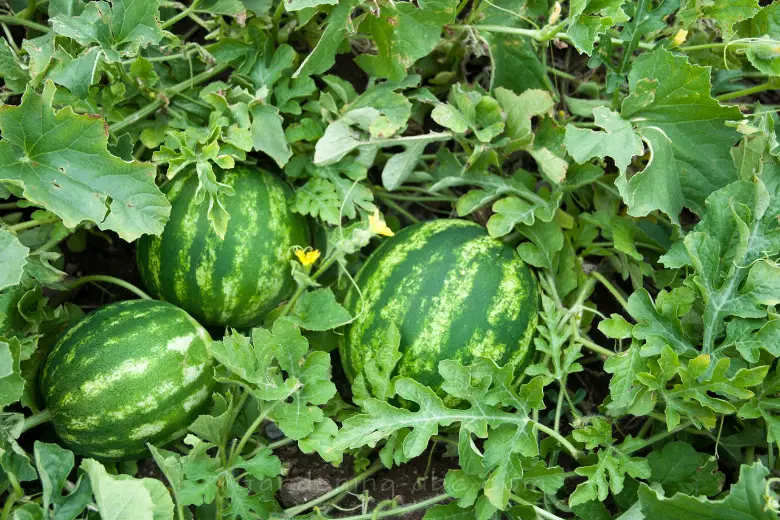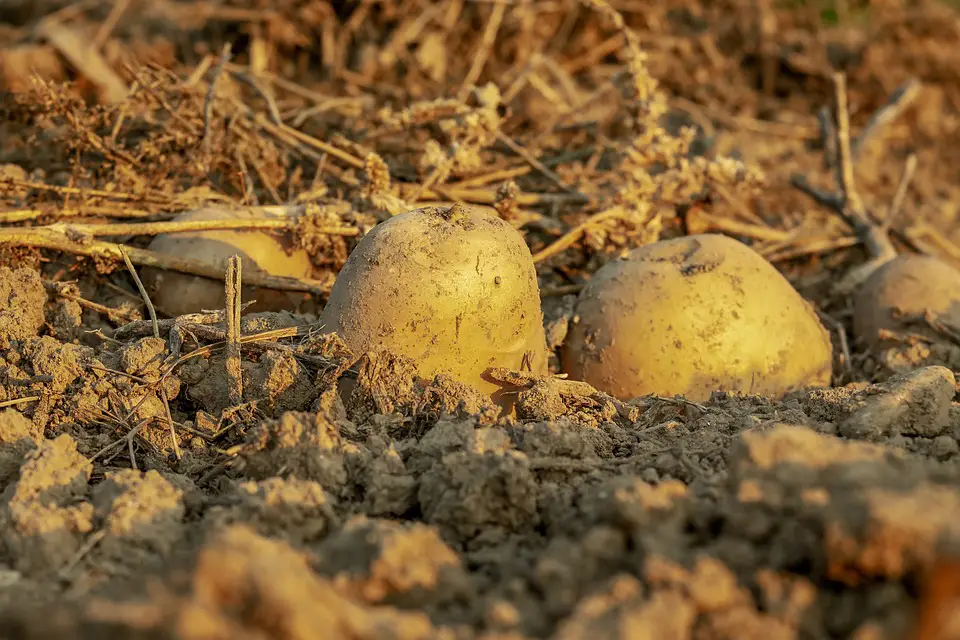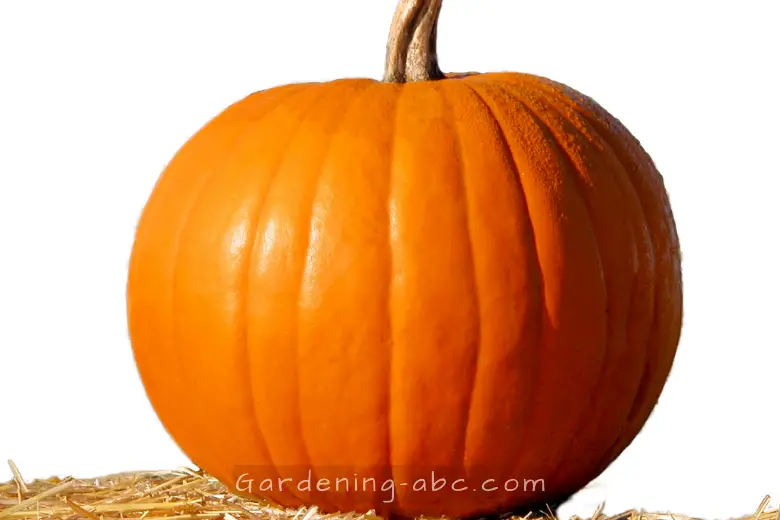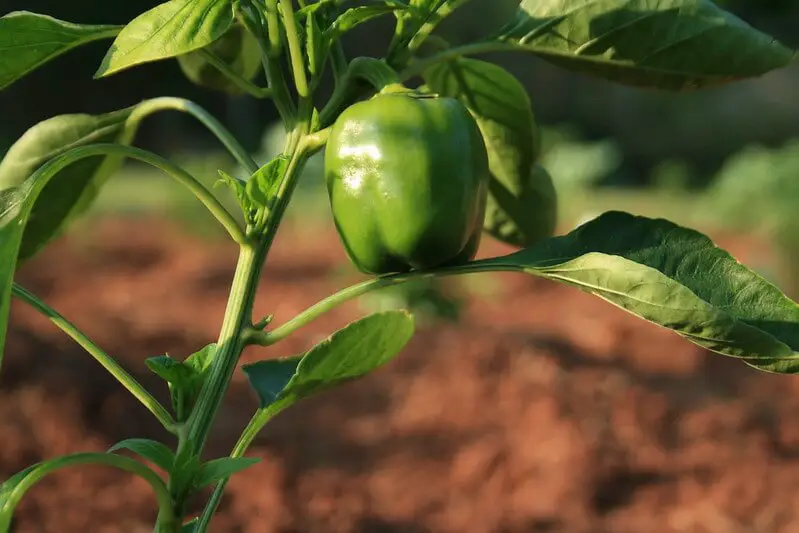We use affiliate links to run our site. When you buy through links on our site, we may earn an affiliate commission, without any added cost to you. Learn more
Watermelons are delicious and refreshing fruits that thrive in warm climates. As gardeners, we often seek to maximize our harvests by implementing companion planting techniques. But did you know that some plants can actually harm your watermelons instead of helping them if you paired them together?
Companion planting is a popular practice among gardeners, but you have to be very careful about pairing plants together. Choosing only suitable plants is crucial to avoid detrimental effects on growth, yield, and overall plant health.
In this blog post, we will reveal the 10 worst companion plants for watermelons and why you should never plant them together. You will learn how to avoid common mistakes and protect your watermelon crop from pests, diseases, and competition. Read on to find out more!
13 Worst Companion Plants For Your Watermelons
1. Basil

Basil, known for its aromatic leaves and culinary uses, may not be the best companion for watermelons. Planting basil near watermelons can have negative effects on both plants.
Basil releases compounds that may hinder watermelon growth and development, affecting the flavor and size of the fruits.
Moreover, basil is susceptible to certain pests and diseases that can spread to watermelon plants, increasing the risk of infestations.
2. Cabbage
Cabbage and watermelons are not compatible companions in the garden. Cabbage plants have a strong odor that can attract pests, such as cabbage worms and aphids, which can harm watermelon plants.
Additionally, both plants have different nutrient requirements, and planting them together may result in uneven distribution of essential elements, leading to nutrient deficiencies or imbalances.
3. Corn
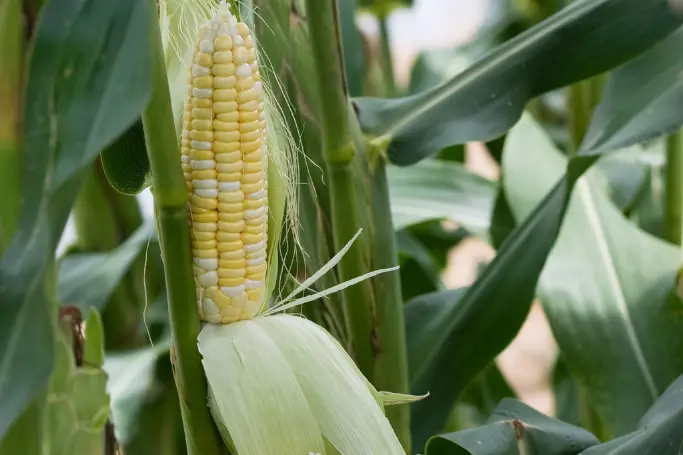
Planting corn near watermelons is not advisable. Corn plants can overshadow watermelon plants, causing them to receive less sunlight, which is essential for their growth and fruit development.
Furthermore, corn and watermelons have different water and nutrient needs, leading to competition for resources. This competition can result in stunted growth and reduced yields for both plants.
4. Sunflowers
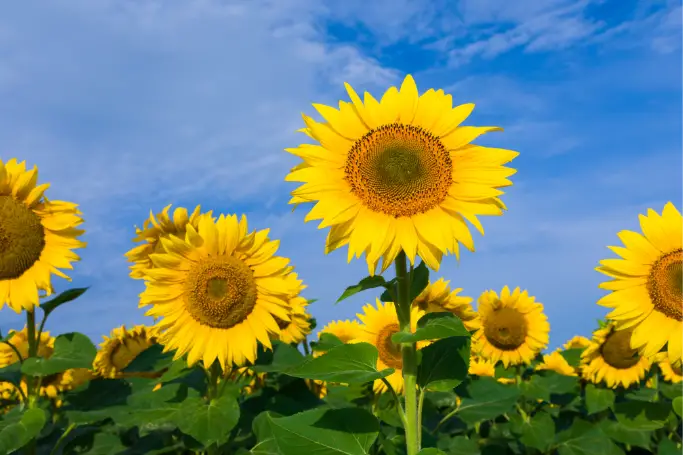
While sunflowers are beautiful and beneficial in many ways, they are not suitable companions for watermelons.
Sunflowers can grow tall and create shade, which can negatively impact the growth and development of watermelon plants that require full sun.
Additionally, the dense root system of sunflowers can compete with watermelon roots for nutrients and water, hampering the overall health of the watermelon plants.
5. Potatoes
Growing potatoes alongside watermelons can pose several challenges. Potatoes require hilling, which involves piling soil around the stems to promote tuber development.
However, this hilling process can inadvertently damage the shallow roots of watermelon plants. Moreover, potatoes are susceptible to various diseases and pests, which can easily spread to watermelon plants when grown in close proximity.
6. Pumpkins
While both watermelons and pumpkins are members of the cucurbit family, they are not ideal companions. Both plants have similar growth habits and resource requirements, leading to intense competition for nutrients, water, and space.
This competition can result in reduced yields for both watermelons and pumpkins. Additionally, the sprawling nature of pumpkin vines can smother and shade watermelon plants, hindering their growth.
7. Tomatoes
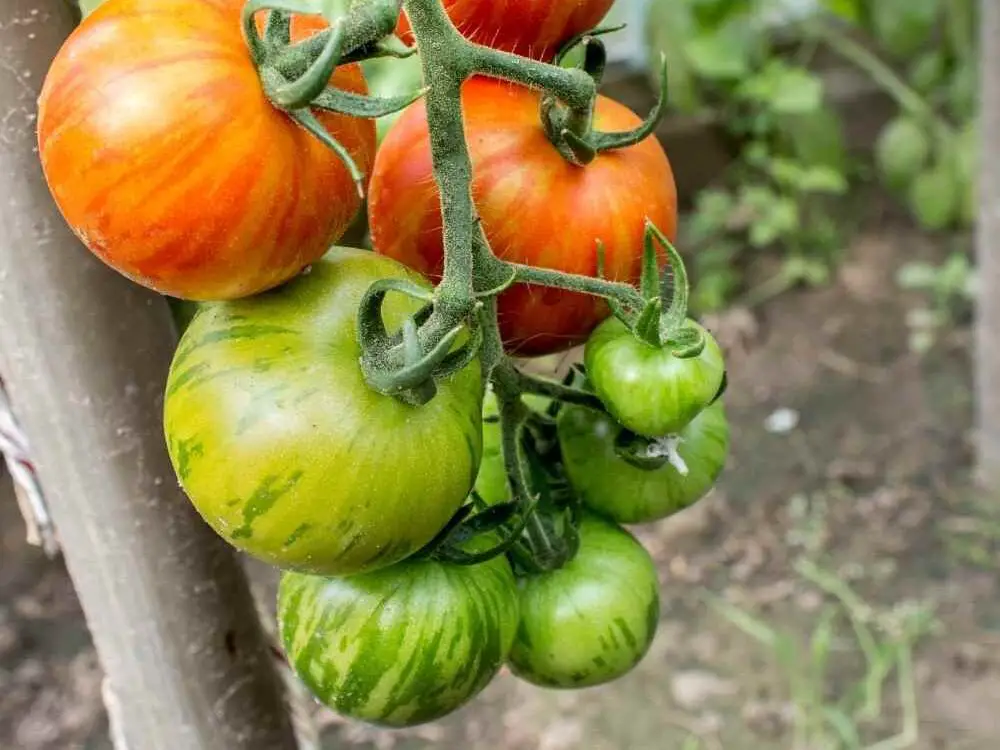
Tomatoes and watermelons are not the best companions in the garden. Both plants are susceptible to similar diseases, such as fungal infections and wilts. When grown together, the risk of disease transmission between the two plants increases.
Additionally, tomatoes can outcompete watermelon plants for resources due to their vigorous growth, potentially leading to reduced watermelon yields.
8. Onions
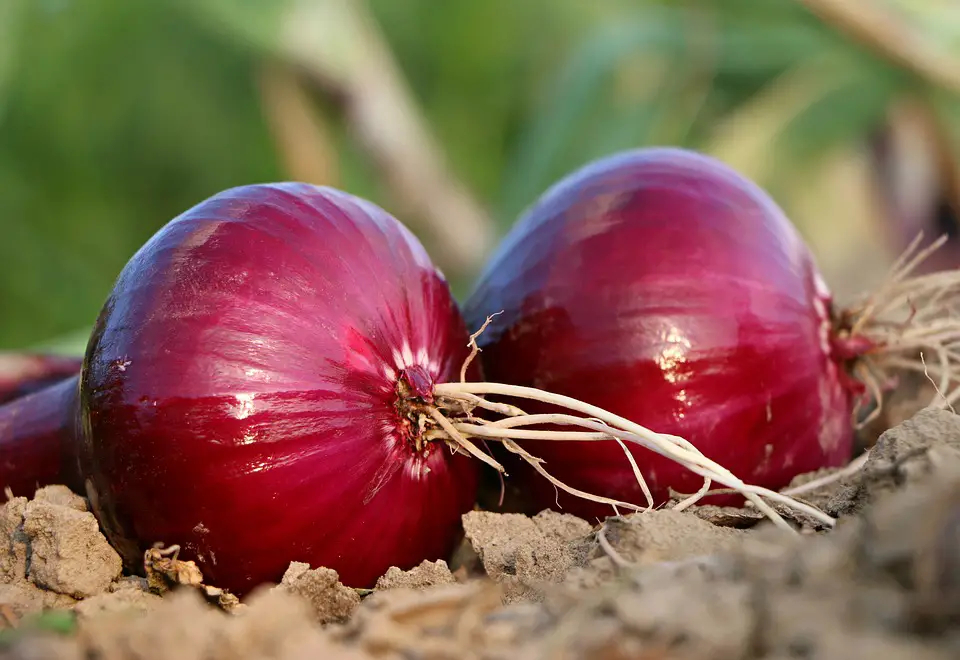
While onions have their place in the garden, they are not recommended as companion plants for watermelons. Onions have different growth habits and resource requirements compared to watermelons.
The tall foliage of onions can shade watermelon plants, reducing their access to sunlight. Moreover, onions have a pungent odor that can attract pests, potentially leading to infestations in both plants.
9. Peppers
Peppers and watermelons should not be grown as companions. Peppers have a tendency to produce chemicals that inhibit the growth of nearby plants, including watermelons. This chemical interference can lead to stunted growth and reduced yields for watermelon plants.
Additionally, both peppers and watermelons are heavy feeders, requiring ample nutrients. Growing them together can result in nutrient deficiencies and overall diminished plant health.
10. Strawberries

Although strawberries are delicious and popular fruits, they are not suitable companions for watermelons.
Strawberries have different soil and water requirements compared to watermelons. While watermelons prefer well-drained soil, strawberries thrive in more moisture-retentive conditions.
Planting them together can create challenges in maintaining the optimal growing environment for both plants.
11. Carrots
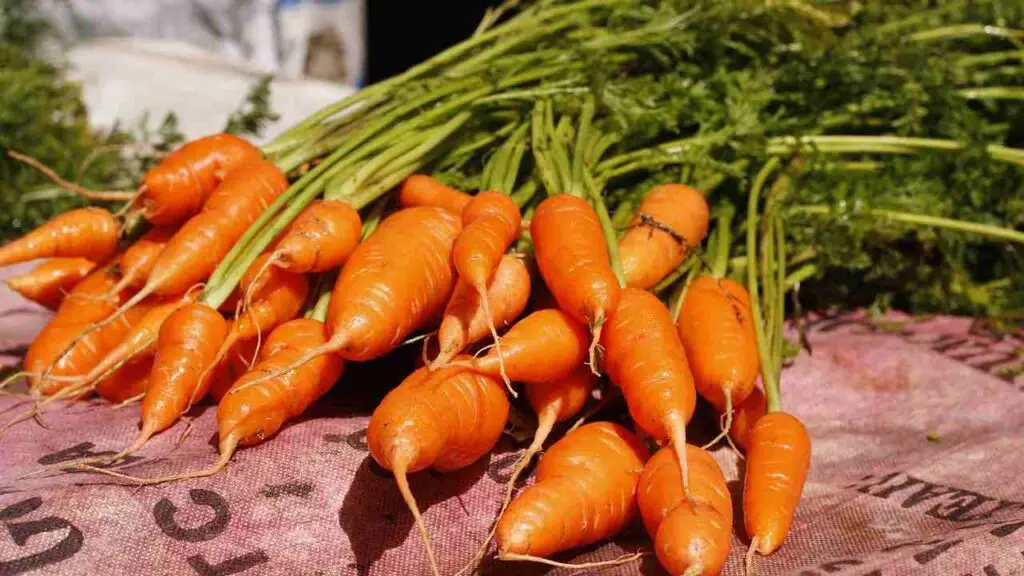
Carrots and watermelons should not be paired as companion plants. Carrots have a long taproot that can interfere with the root development of watermelon plants.
The competition for nutrients can lead to stunted growth and reduced yields for both plants. Additionally, the process of harvesting carrots can disturb the shallow roots of watermelon plants, causing damage and affecting their overall health.
12. Radishes

Radishes may seem like a suitable companion due to their quick growth and ability to deter pests, but they are not recommended for planting alongside watermelons. Radishes have a tendency to interfere with the development of watermelon roots.
As radishes grow, their roots can intertwine with those of watermelon plants, potentially leading to root damage and restricted nutrient uptake. Furthermore, radishes can compete with watermelon plants for resources, resulting in reduced growth and yields for both crops.
13. Mint
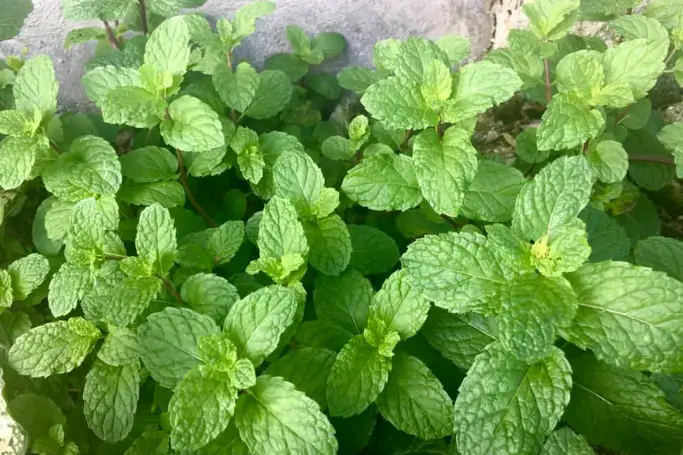
Mint, known for its aromatic leaves and rapid spreading nature, is not an ideal companion for watermelons. Mint has a tendency to aggressively spread and take over garden beds.
When planted near watermelons, mint can outcompete the watermelon plants for resources, including nutrients, water, and space.
Additionally, the invasive nature of mint can make it challenging to control and may require extensive measures to prevent its encroachment on watermelon plants.
Can I plant watermelons near any other plants?
Yes, there are several suitable companion plants for watermelons, such as marigolds, radishes (when planted away from the watermelon roots), and herbs like oregano and thyme. These plants can provide benefits such as pest deterrence and improved pollination.
How can I protect my watermelon plants from pests and diseases?
Implementing good garden practices, such as crop rotation, providing adequate spacing between plants, using organic pest control methods, and regularly inspecting plants for signs of pests or diseases, can help protect watermelon plants. Additionally, selecting disease-resistant varieties can be beneficial.
What are the benefits of companion planting?
Companion planting offers various benefits, including pest control, improved pollination, enhanced nutrient uptake, weed suppression, and space utilization. It can also create a diverse and balanced ecosystem in the garden.
Can I plant watermelons near other types of melons?
Yes, watermelons can be planted near other melons, such as cantaloupes and honeydews, as they have similar growth requirements and can coexist harmoniously.
How far apart should I space watermelon plants?
Watermelon plants require ample space for their sprawling vines. It is recommended to space watermelon plants approximately 3 to 6 feet apart, depending on the variety, to allow for proper growth and airflow.
Final Thoughts:
When it comes to companion planting for watermelons, it’s essential to choose the right plants that promote growth and avoid those that can hinder it. The ten plants discussed in this article can have potentially negative effects on the growth, development, and overall health of your watermelon plants.
We hope you enjoyed this blog post and learned something new about watermelon companion planting. Now you know which plants to avoid and which ones to embrace when growing watermelons in your garden.
Don’t forget to share this post with your friends and family who love watermelons as much as you do. If you want to learn more about gardening tips and tricks, check out our other articles on this site.
Amazon and the Amazon logo are trademarks of Amazon.com, Inc, or its affiliates.

Hi there! My name is Prasenjit and I’m an avid gardener and someone who has grown a passion for growing plants. From my hands-on experience, I have learned what works and what doesn’t. Here I share everything I have learned.
